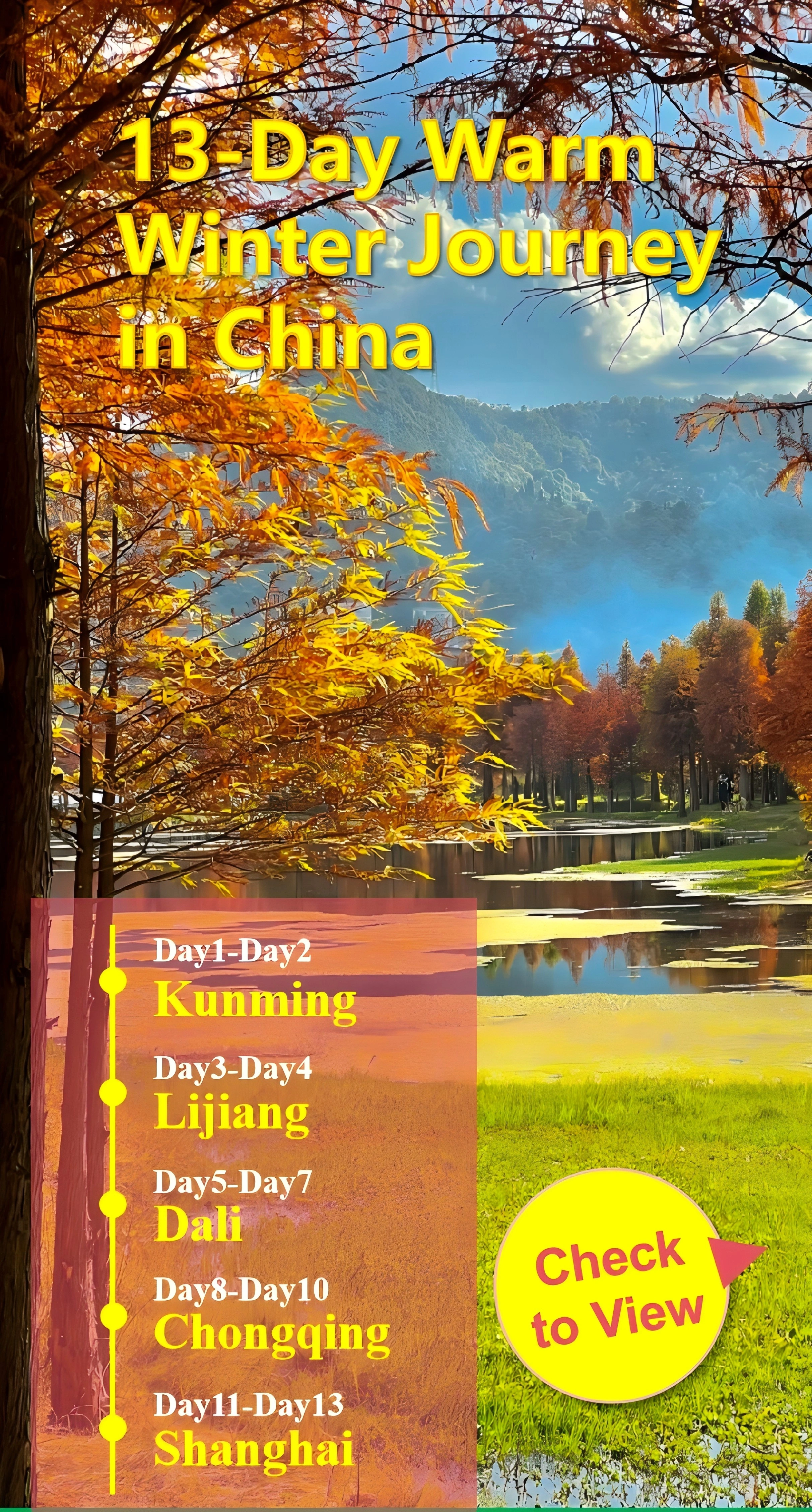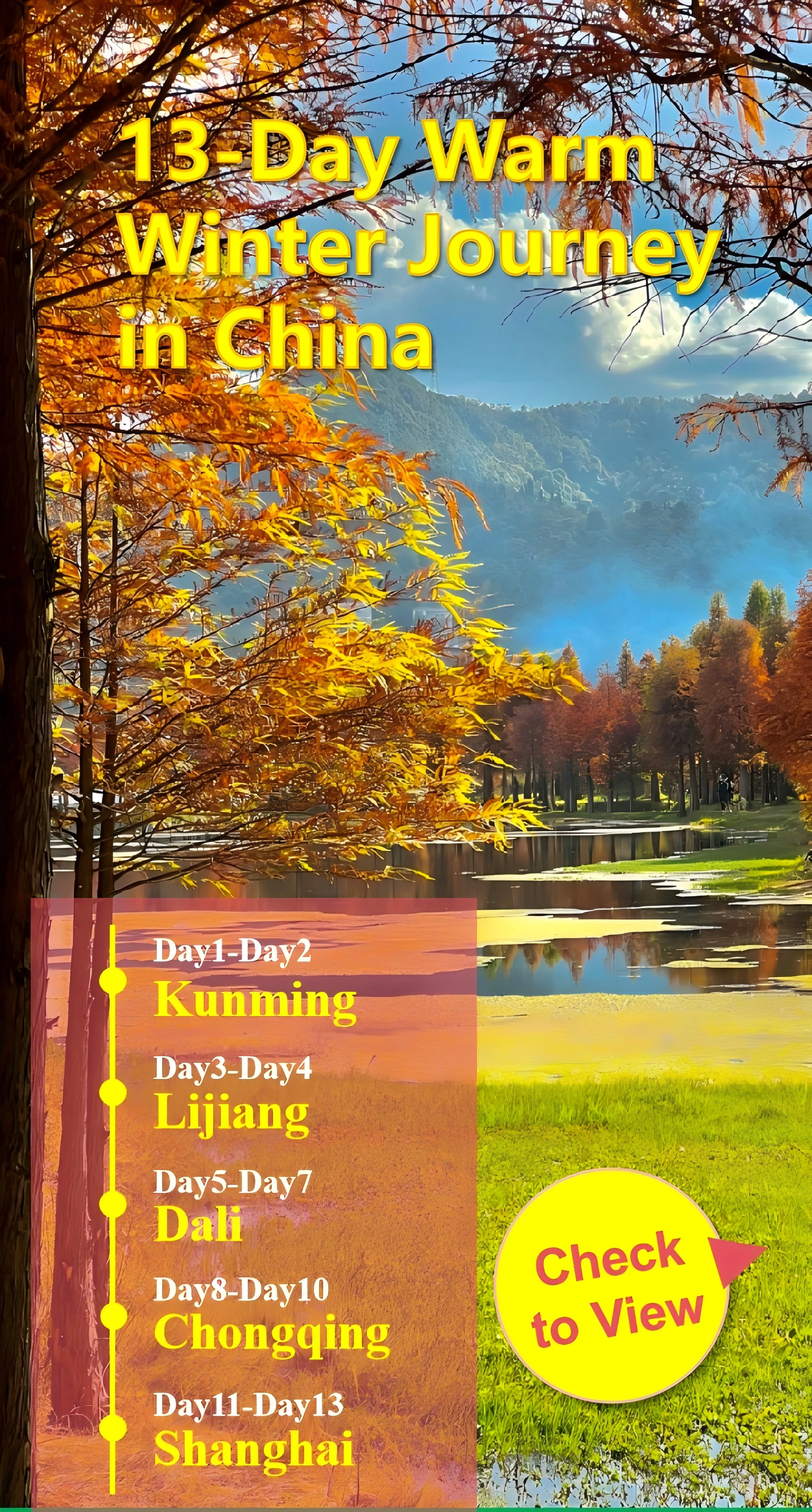Three Gorges Dam Tourist Area
Historical Overview
The idea for the dam dates to Sun Yat-sen’s 1919 "International Development of China" plan, but construction only began in 1994 under Premier Li Peng. Over 1.3 million people were relocated, and 13 cities, 140 towns, and 1,350 villages were submerged. The project faced global controversy over ecological and cultural impacts but succeeded in reducing flood risks that once threatened 15 million people annually. In 2003, the first generator became operational, and in 2012, all 32 turbines were installed.
Structural Layout
The tourist area is divided into three zones:
Tanker Lifting Observation Deck:Witness the Five-Stage Ship Locks, which raise or lower ships 113 meters over 4 hours.
Dam Body Exhibition Hall:Interactive displays on the dam’s construction, including a 1:850 scale model.
185 Platform:A 185-meter-high viewpoint overlooking the dam’s spillways and the reservoir.
Memorial Park:A 3-kilometer-long garden with sculptures commemorating workers and displaced communities.
Gezhouba Dam (Adjacent Site):A smaller 1988 dam that regulates water flow into the Three Gorges.
Major Attractions
Ship Locks Demonstration:Watch ships navigate the world’s largest vertical-lift locks in real-time.
Spillway Observation Deck:Feel the thunderous power of 26 floodgates releasing 116,000 m³/s of water during peak discharge.
Three Gorges Exhibition Hall:A 4D cinema and holographic displays detailing the dam’s engineering and environmental impact.
Tributary Cruise Options:Short boat tours to the Xiling Gorge or Shennong Stream for eco-tourism.
Cultural Relics Display:Artifacts rescued from submerged villages, including ancient tombs and Buddhist statues.
Suggested Itineraries
Classic Route (3–4 Hours):
Tanker Lifting Observation Deck (watch ships) → 185 Platform (dam overview) → Spillway Deck (water release) → Memorial Park (statues).
Highlights: Core engineering marvels and reservoir vistas.
Extended Route (5–6 Hours):
Classic Route + Three Gorges Exhibition Hall (4D cinema) → Gezhouba Dam (optional bus tour) → Lunch at Riverside Restaurant (try Yangtze River fish).
Highlights: In-depth engineering insights and local cuisine.
Comprehensive Route (Full Day):
Morning: Extended Route + Tributary Cruise (1.5-hour boat tour).
Afternoon: Visit the Three Gorges Museum (in Yichang city) to see excavated artifacts → Evening: Impressions of the Three Gorges light show (seasonal).
Highlights: Cultural immersion and scenic cruising.
Ticket Purchase
Online: Book via the official website Three Gorges Dam Tourism or Ctrip (up to 3 days in advance).
On-Site: Tickets available at the entrance; e-tickets scanned via QR code.
Prices:
Adults: ¥105 (includes shuttle buses).
Students/Seniors: ¥52.5.
Free: Children under 1.2m, disabled visitors, and military personnel.
Optional Add-Ons:Tributary cruise: ¥150–¥300.
4D cinema: ¥30.
High-Speed Train:From Wuhan (2 hours) or Chongqing (4 hours) to Yichang East Station, then a 1-hour taxi to the dam.
Bus:Long-distance buses from major cities to Yichang Central Bus Station, then a 1.5-hour bus (Route 216) to the dam.
Taxi:Direct to the tourist area (address: No. 8 Sanxia Dam Road, Yichang).
Cruise Ship:Many Yangtze River Cruises dock at the dam for guided tours.
Best Time & Tips
Peak Seasons:spring (March–May) and autumn (September–November) for mild weather.
Avoid summer (July–August) due to heat and crowds.
Avoid Crowds: Visit on weekdays or early mornings (8:00 AM opening).
Essentials:
Wear comfortable shoes (the area spans 15.28 km²).
Bring sunscreen, a hat, and a water bottle (shaded areas are limited).
Photography allowed (no drones).
Prohibited: Outside food, smoking in non-designated zones, and climbing barriers.
Contact Us
What Our Clients Say?
Based on 10,000+ traveler reviews














